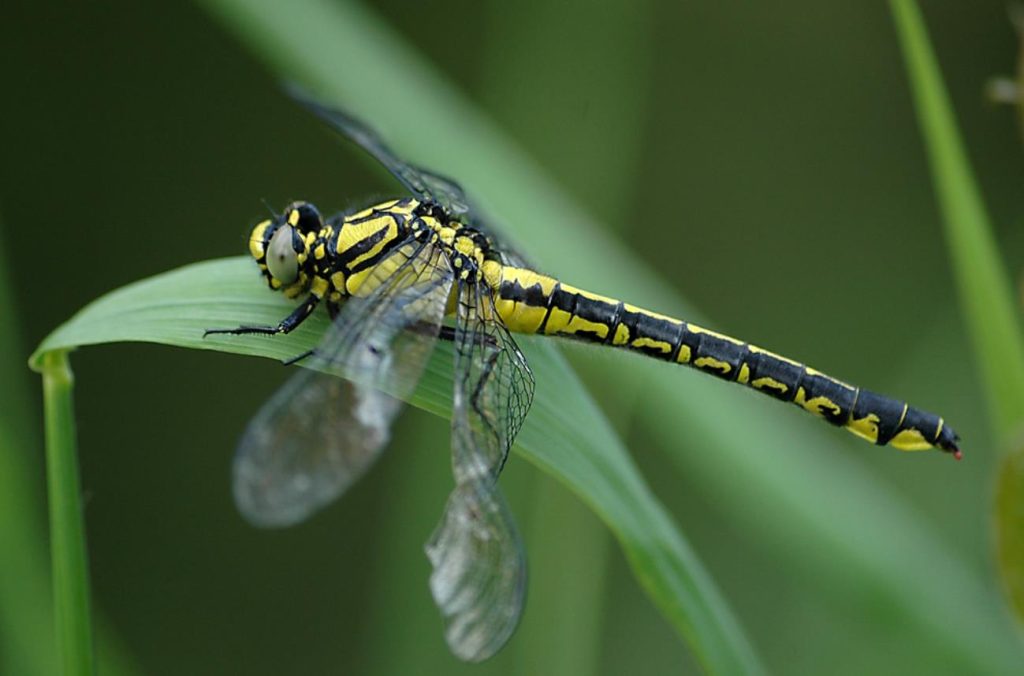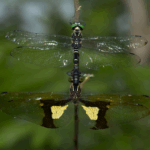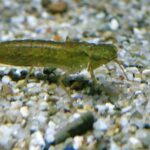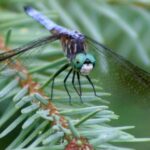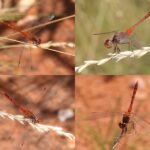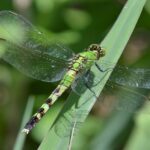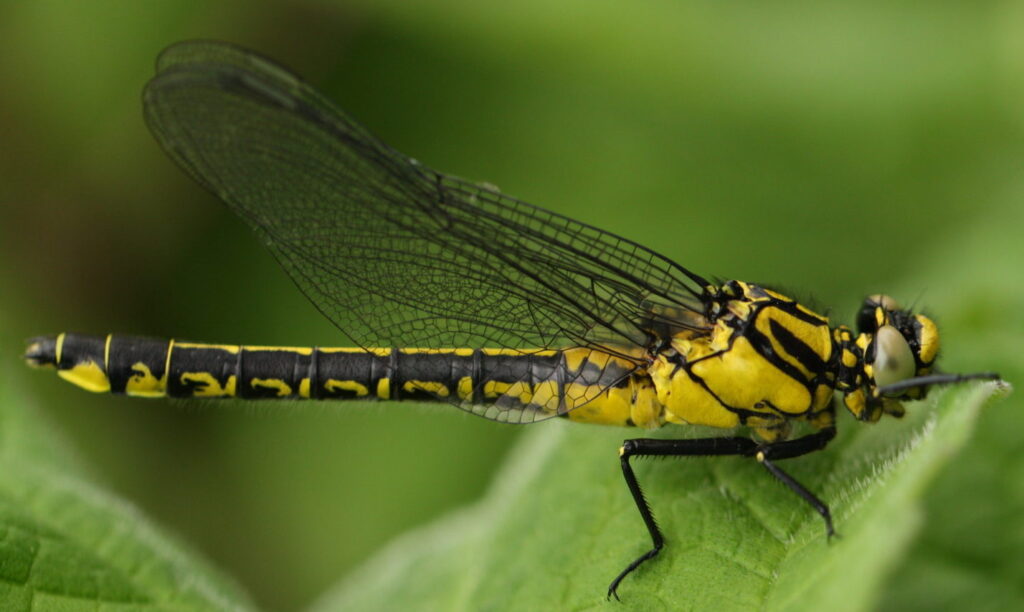
The Common clubtail is on the wing in spring and summer. It is an elusive dragonfly that is easiest to see when it first emerges. It can be found along rivers in Southern England and Wales.
Statistics
Length: 5.0cm
Conservation status
Common.
When to see
May to July
Previously known as the Club-tailed Dragonfly, the Common clubtail is a medium-sized dragonfly on the wing from early May to July. It is elusive as an adult, mostly seen on emergence from its riverine habitat. Meandering rivers with silty substrates over a rocky bed are favoured by the burrowing larvae. Adults have a tightly synchronised emergence, with dense concentrations being found at favoured sites. Once emerged, adults quickly move away from the river to woodland up to 10km away, where they spend most of their time in the canopy of trees.
How to identify
The Club-tailed Dragonfly is unlikely to be confused with any other UK species because its eyes are completely separated (they do not meet on the top of its head like many other species) and it has a distinctly club-shaped abdomen. Extensive black and yellow markings are visible on both males and females, though the yellow areas on the males mostly change to green as they mature.
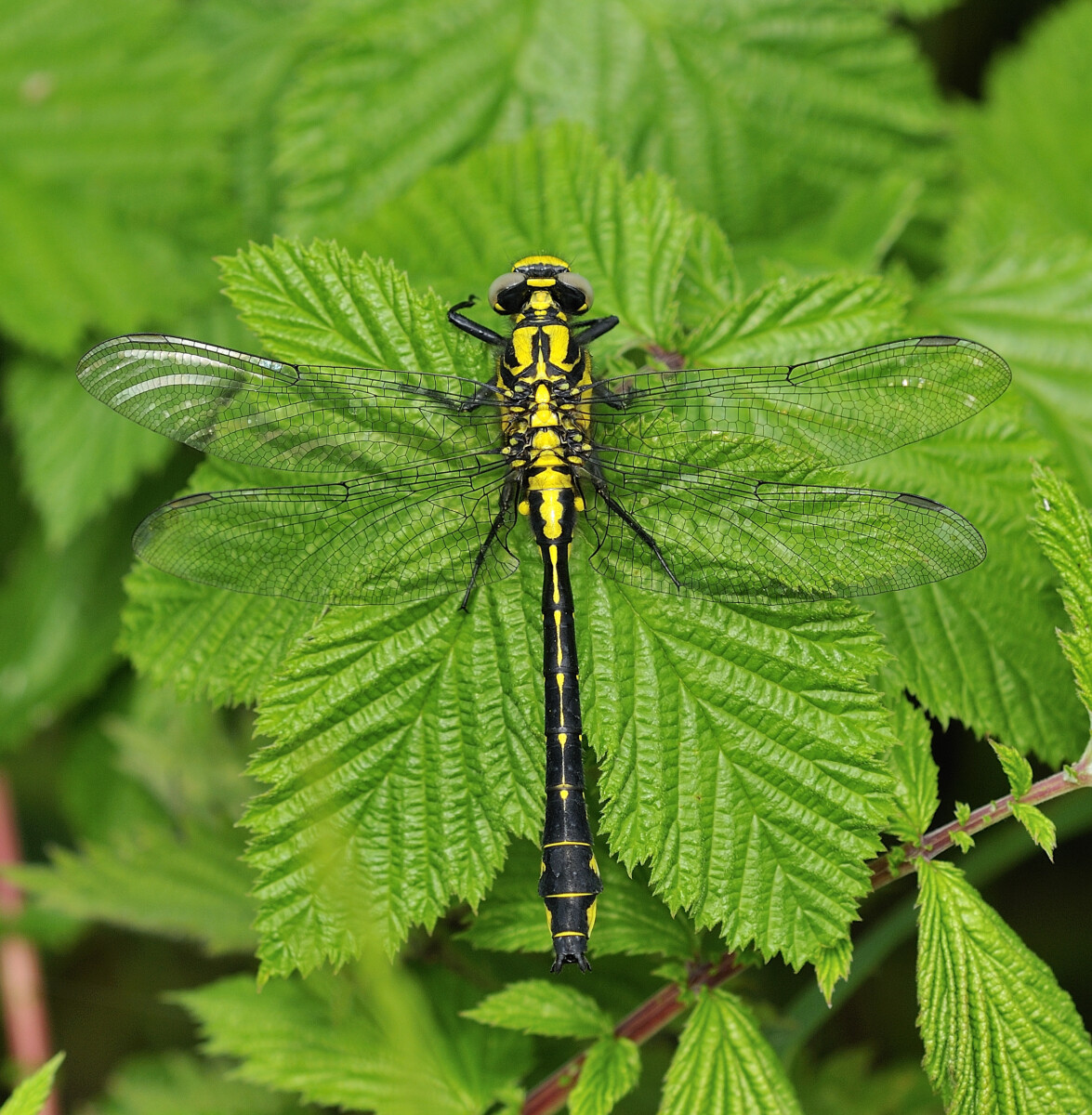
Habitat
Moderate to slow-flowing rivers with a muddy or silty bottom; often uses mid-stream perches.
Conservation
Why this species is now restricted in Sussex to the River Arun is not known. Its vulnerability was highlighted in early 2003 when an agricultural pesticide polluted the river near Billingshurst and wiped out the dragonfly fauna and other aquatic life.
Similar species
Given its distinctive shape and very restricted distribution in Sussex, this species should not present any identification difficulties.
Did you know?
The larvae of the Common clubtail live in the silt and mud of riverbeds for three to five years and have a triangular-shaped head; this makes them streamlined and difficult to dislodge.How people can help
The Wildlife Trusts manage many wetland nature reserves for the benefit of the wildlife they support. You can help by supporting your local Trust and becoming a member; you’ll find out about exciting wildlife news, events on your doorstep and volunteering opportunities, and will be helping local wildlife along the way. Encourage dragonflies and damselflies into your garden by having a wildlife-friendly pond. To find out more about gardening for wildlife, visit our Wild About Gardens website: a joint initiative with the RHS, there’s plenty of facts and tips to get you started.
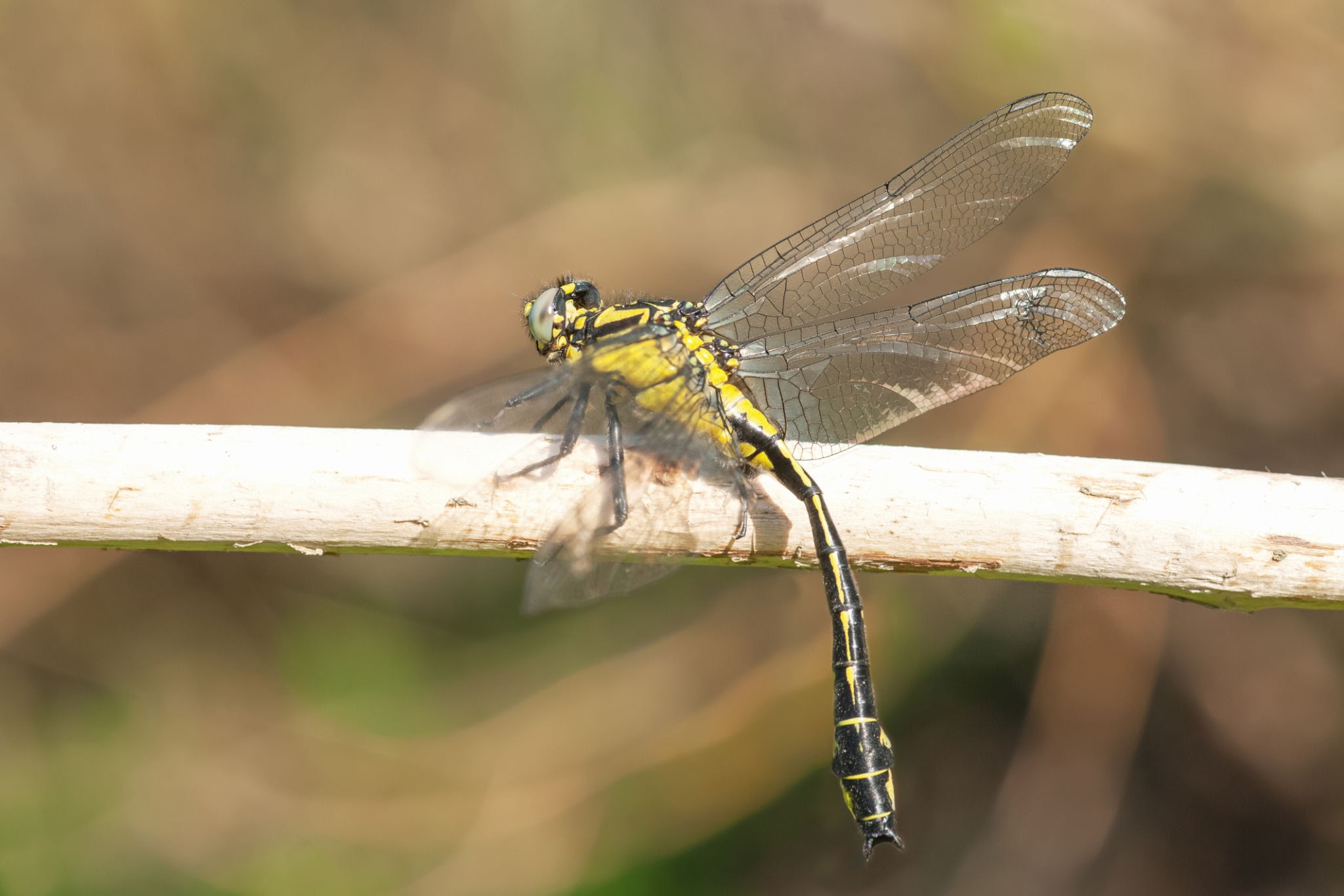
Gomphus vulgatissimus, the common clubtail, is a medium-sized (wingspan 6 –7 cm.) species of dragonfly in the family Gomphidae. It is found in most of Europe, and is present now in the south of France. Its natural habitats are clean, slow moving streaming rivers and creeks with sandy soil. It can be seen from mid-April in the south to August. Once they hatched out of water, they live shortly. As the common name suggests, this medium-sized species has a distinctive club-shaped abdomen. The males are black with extensive yellow markings on the thorax and abdomen which turn green as the insect ages. The females are black with extensive yellow markings. In the British Isles the adult flight period extends from mid May to early July.

